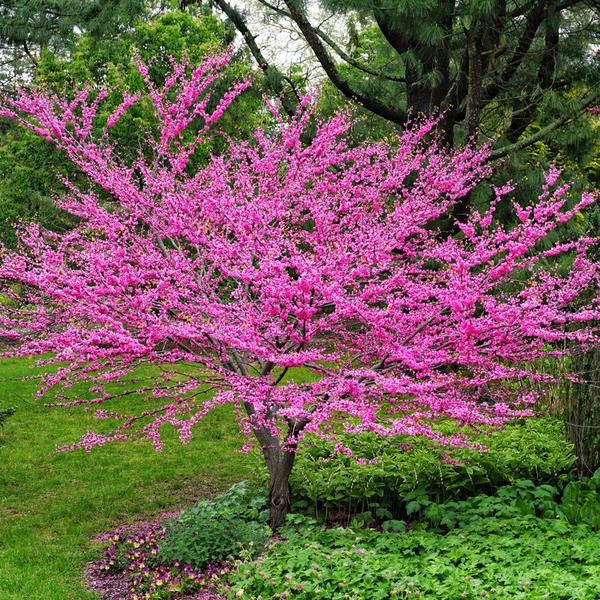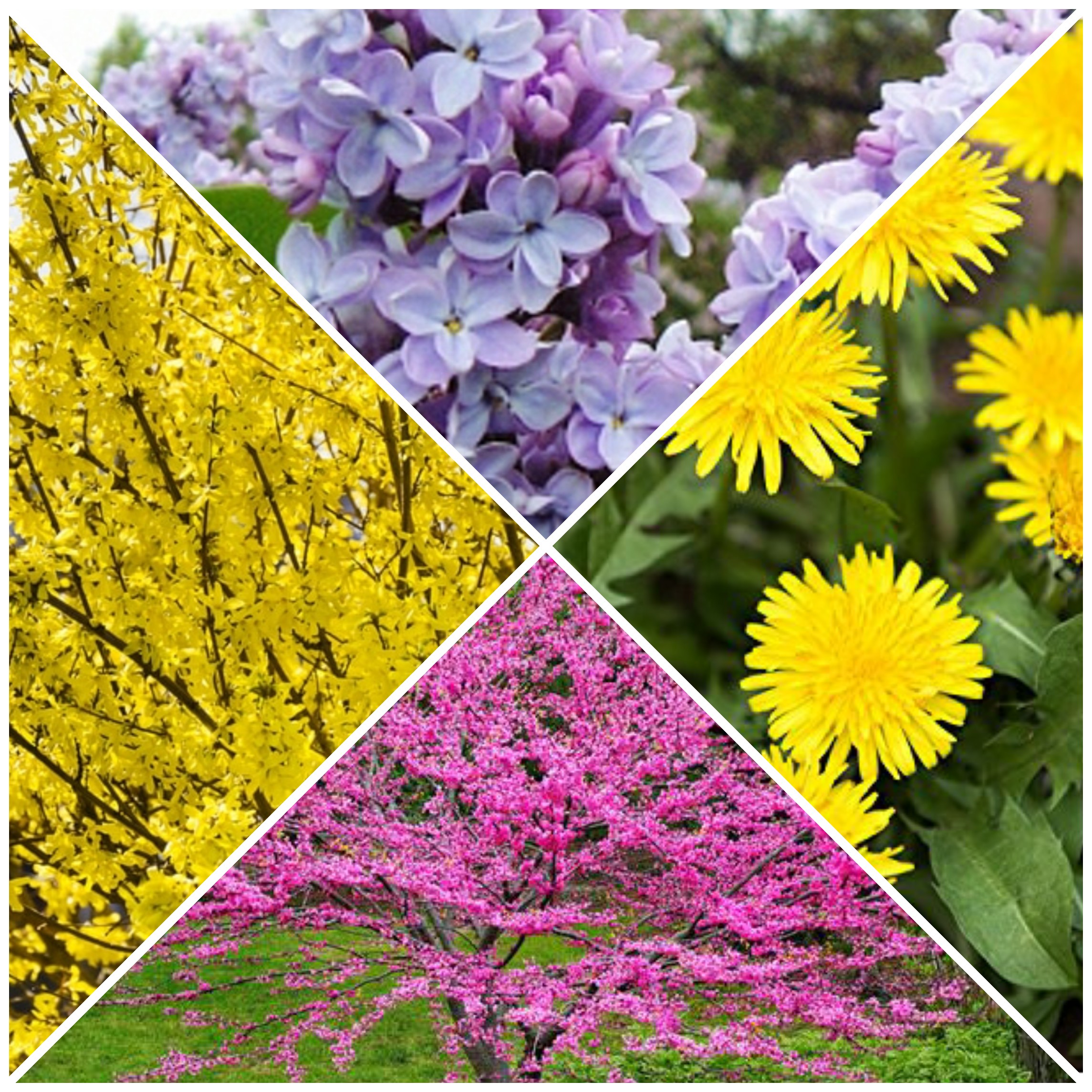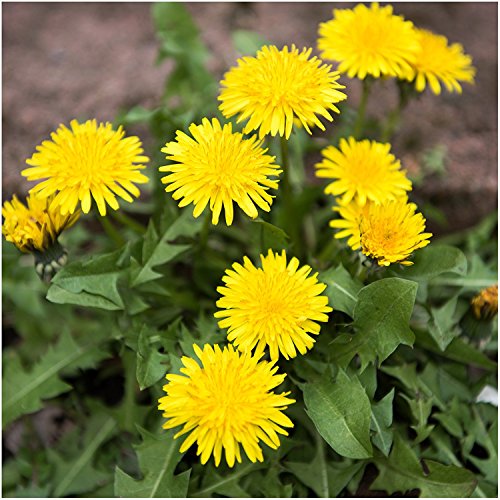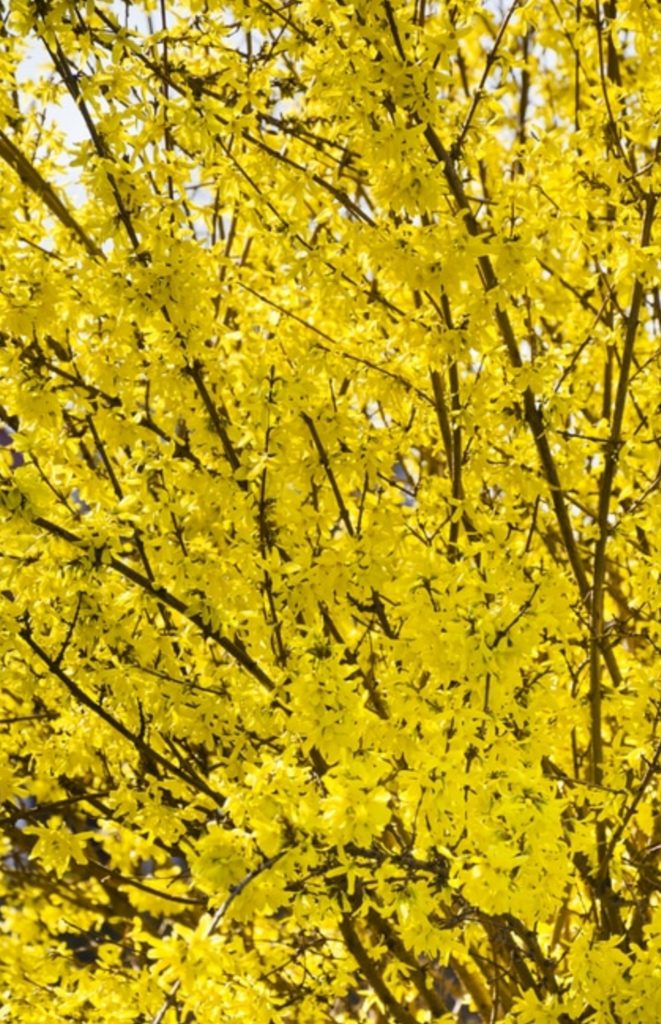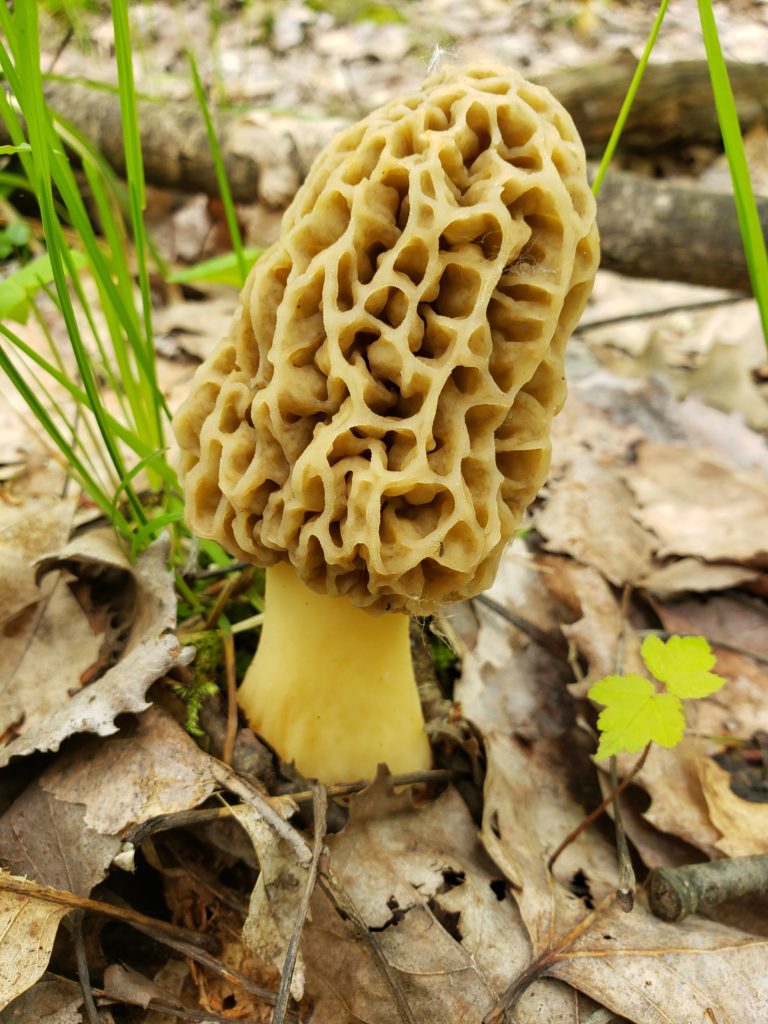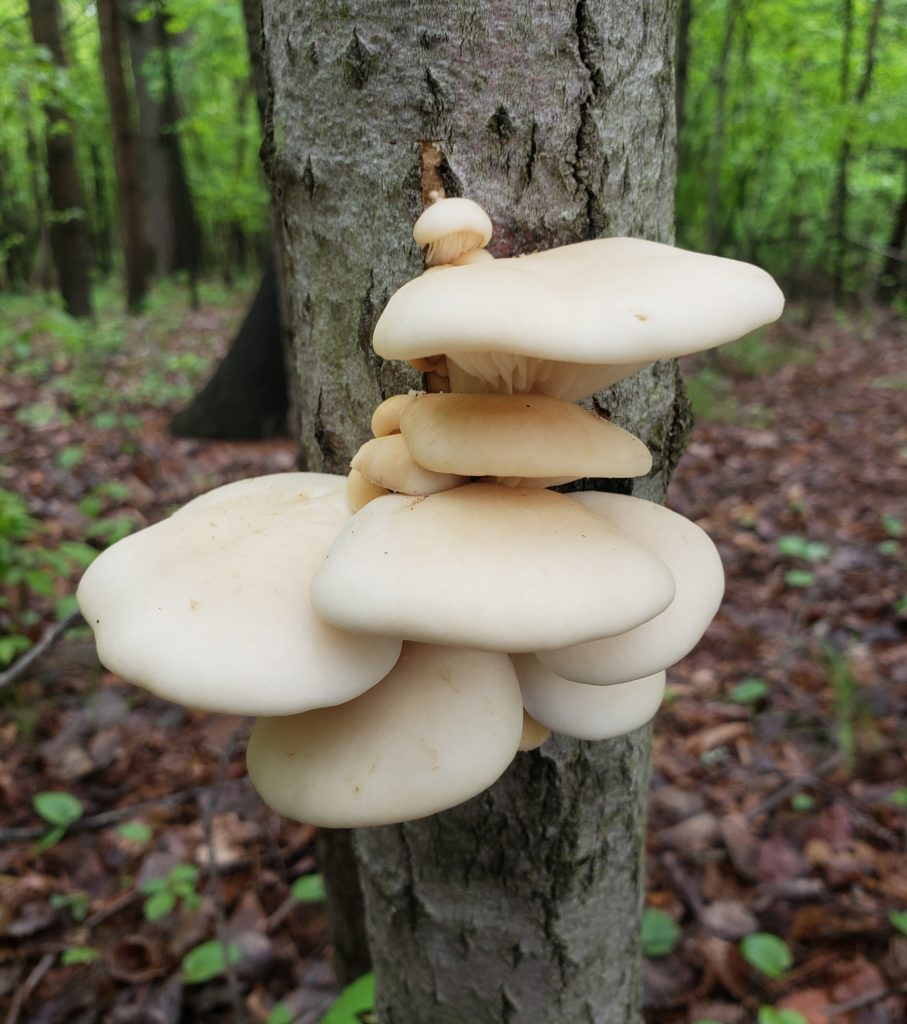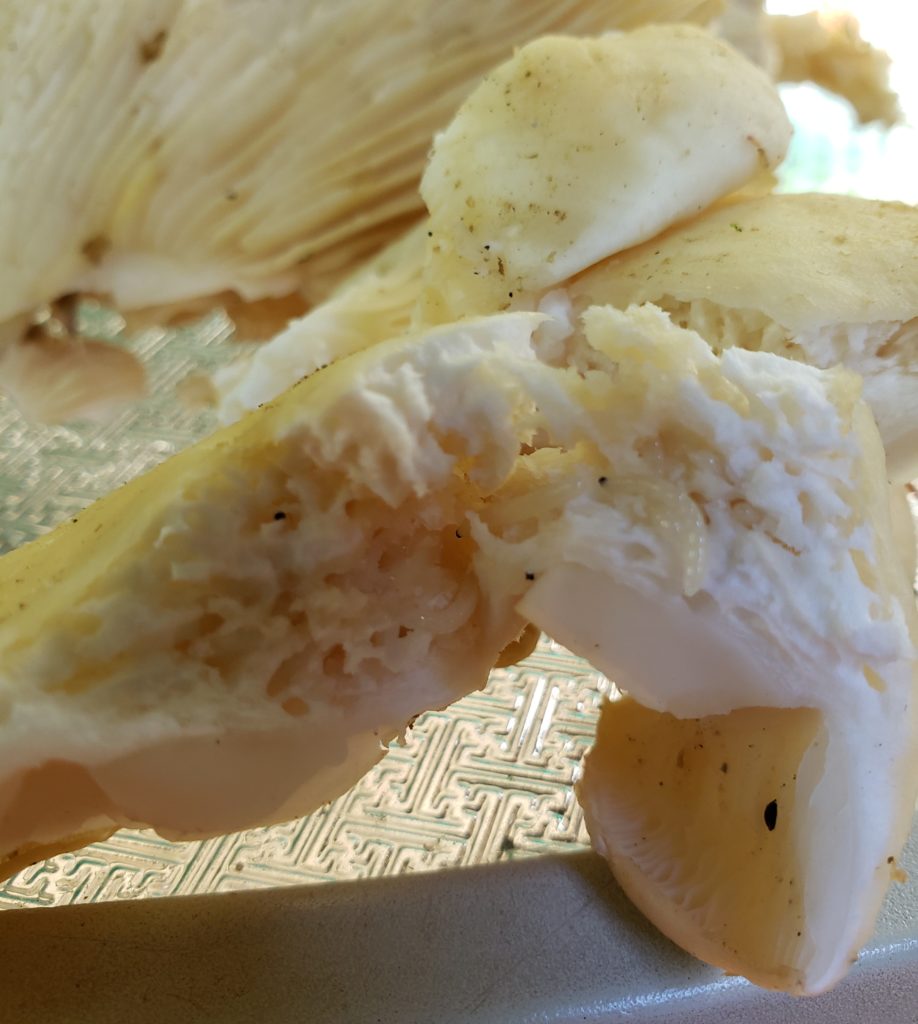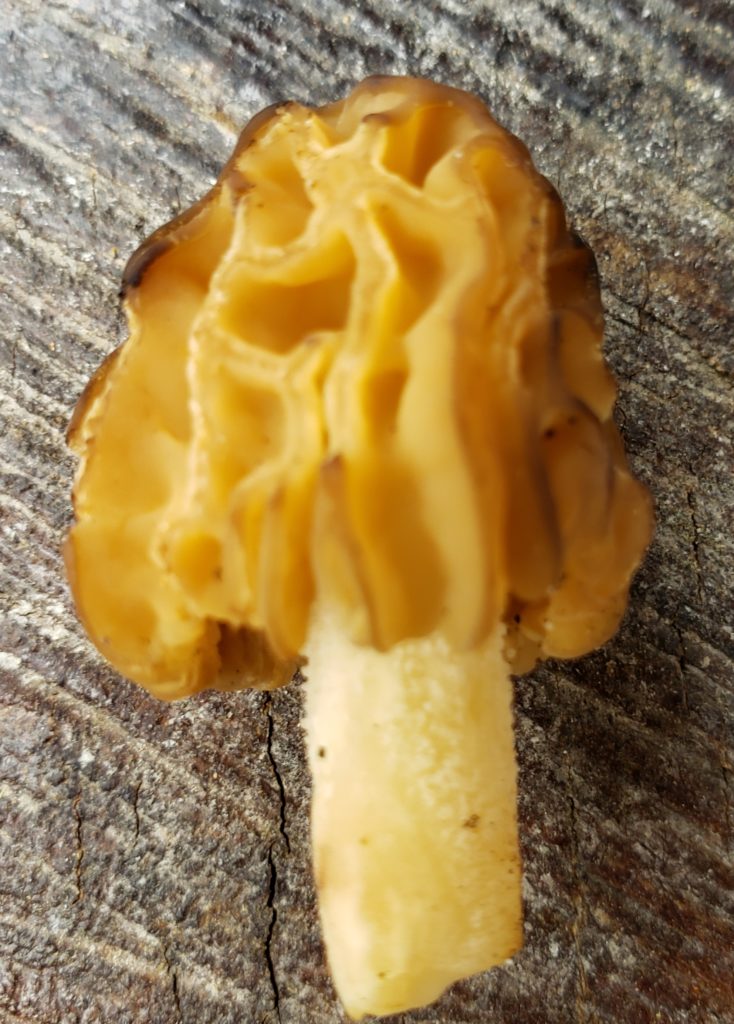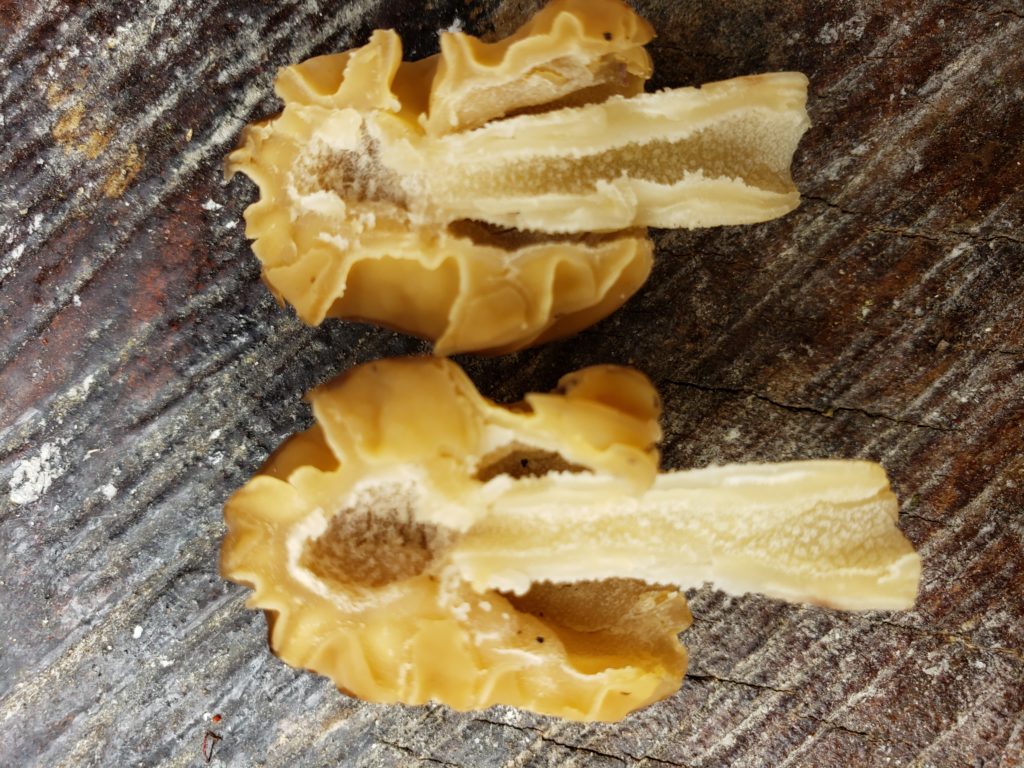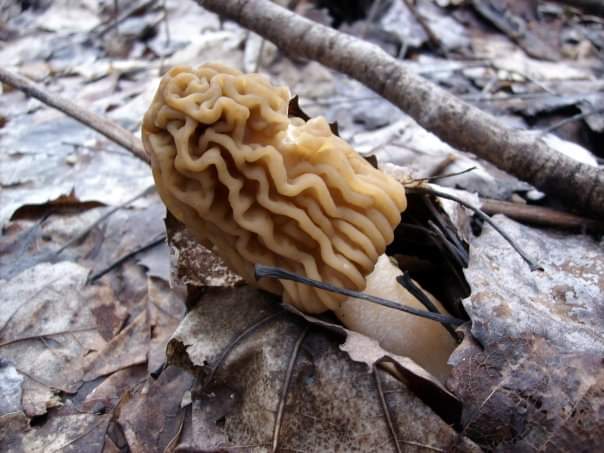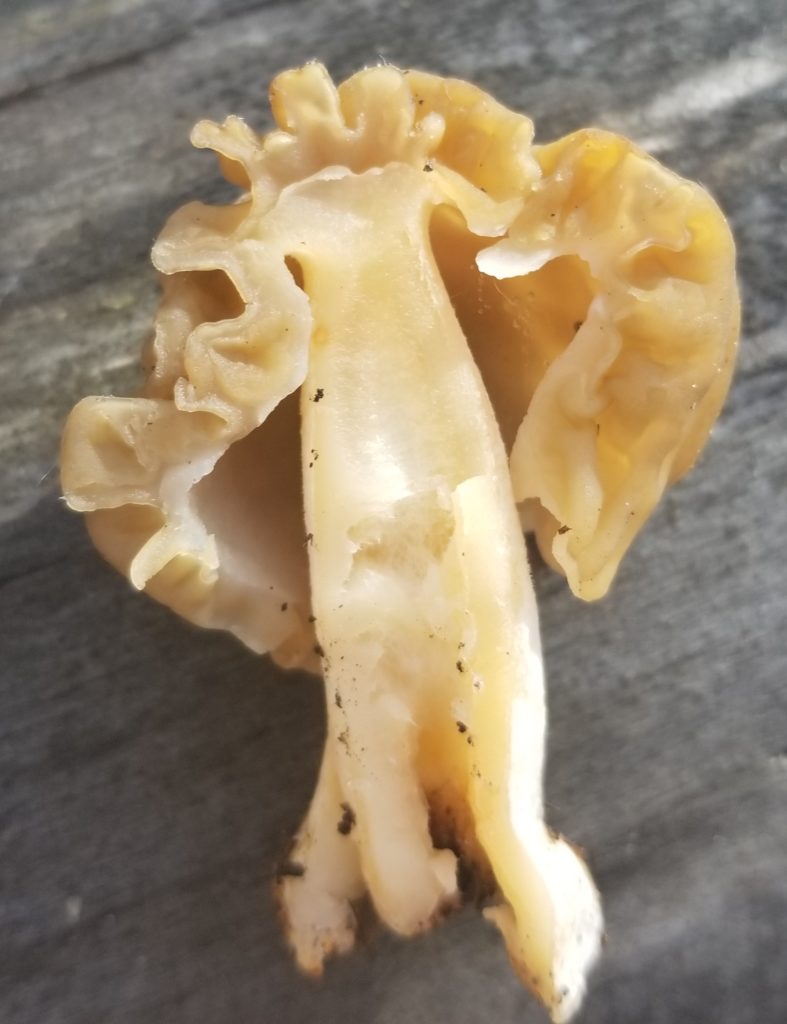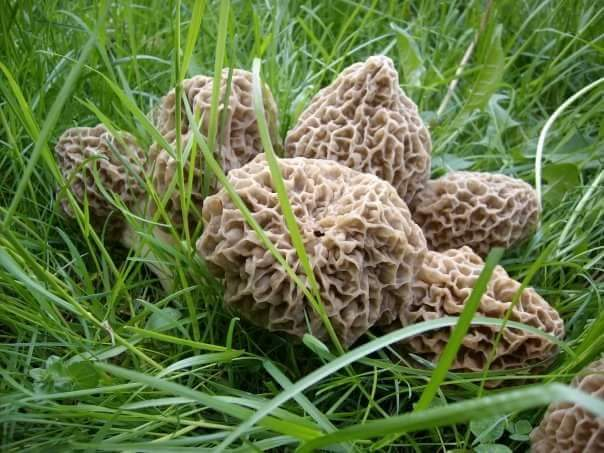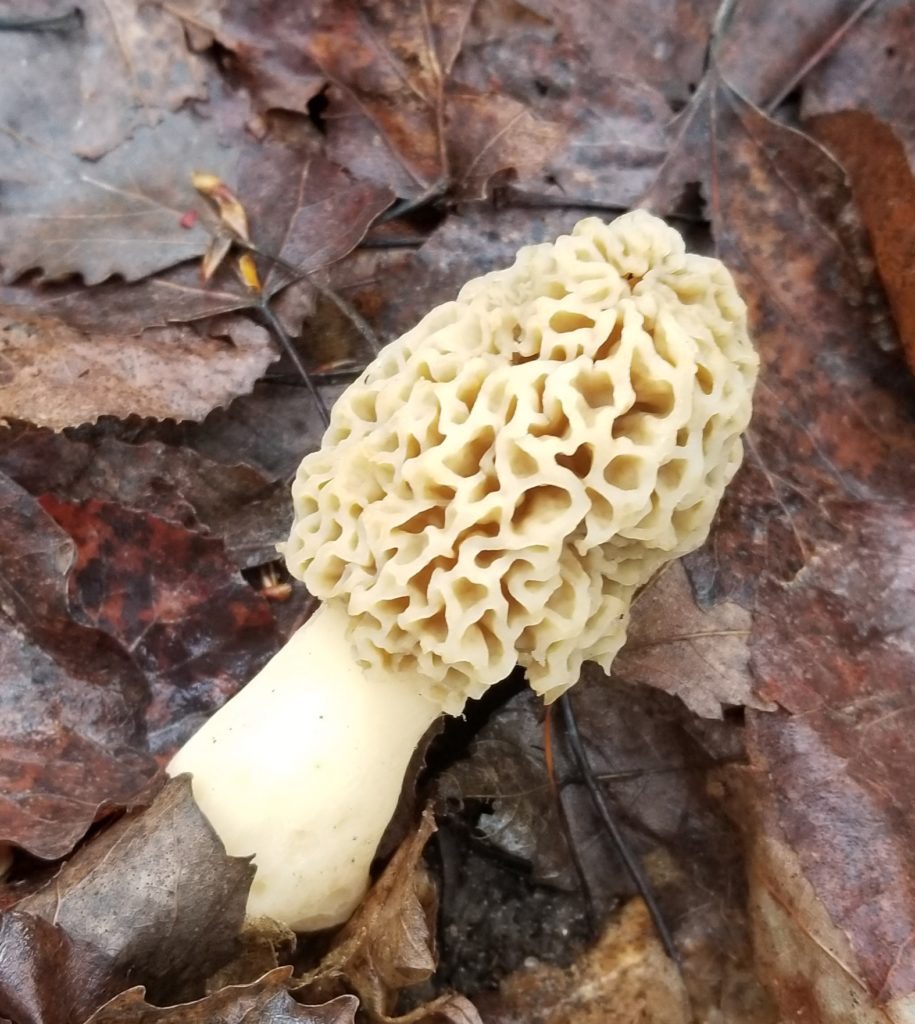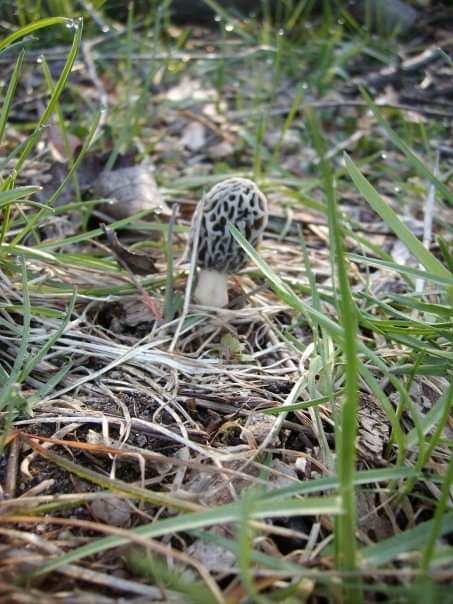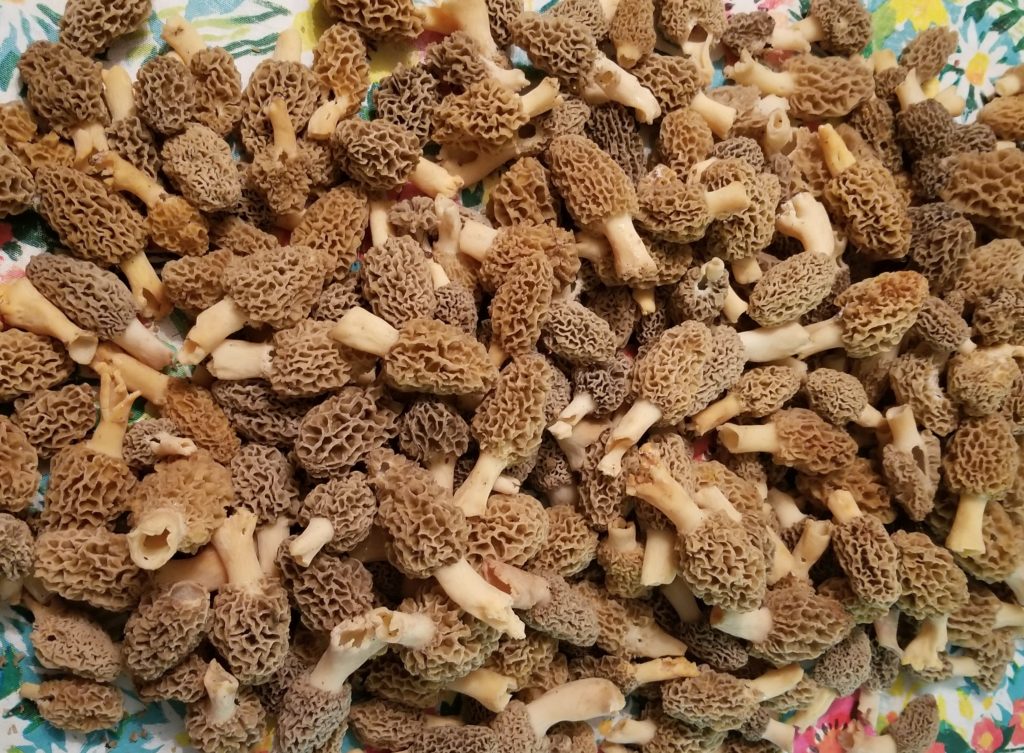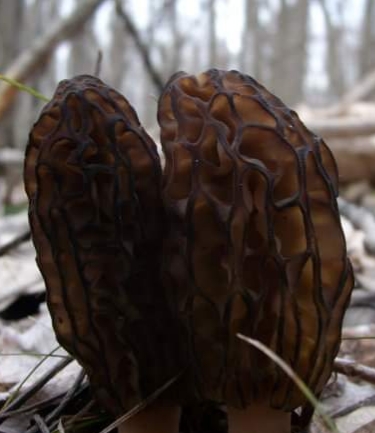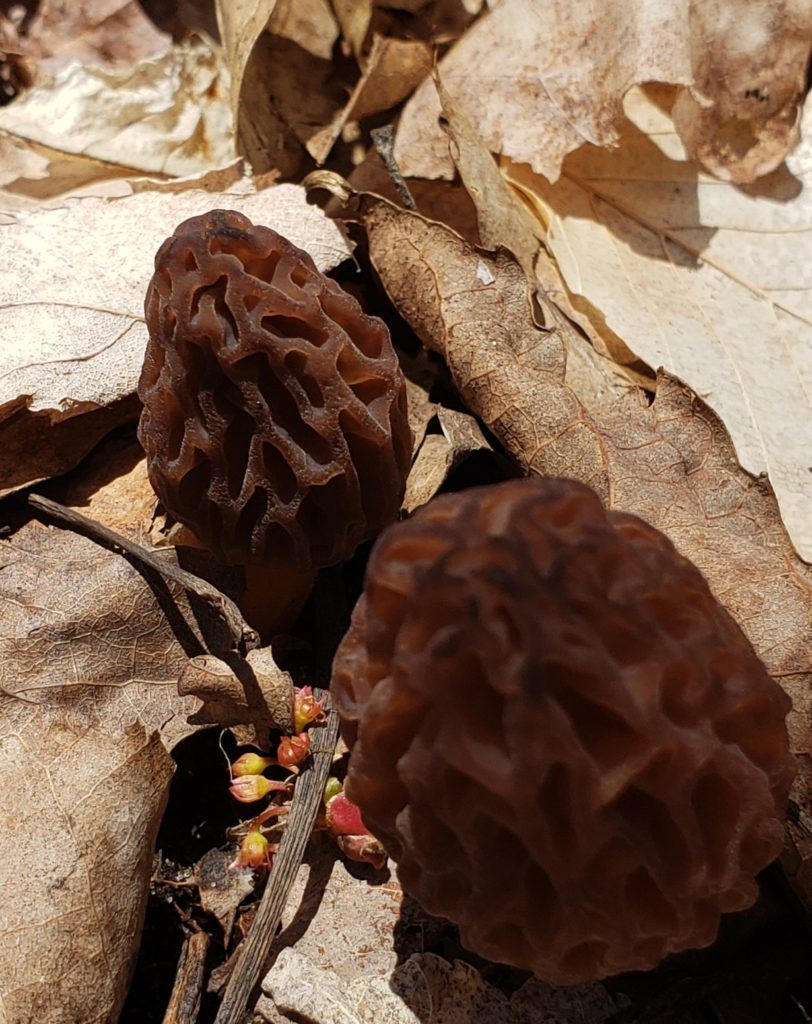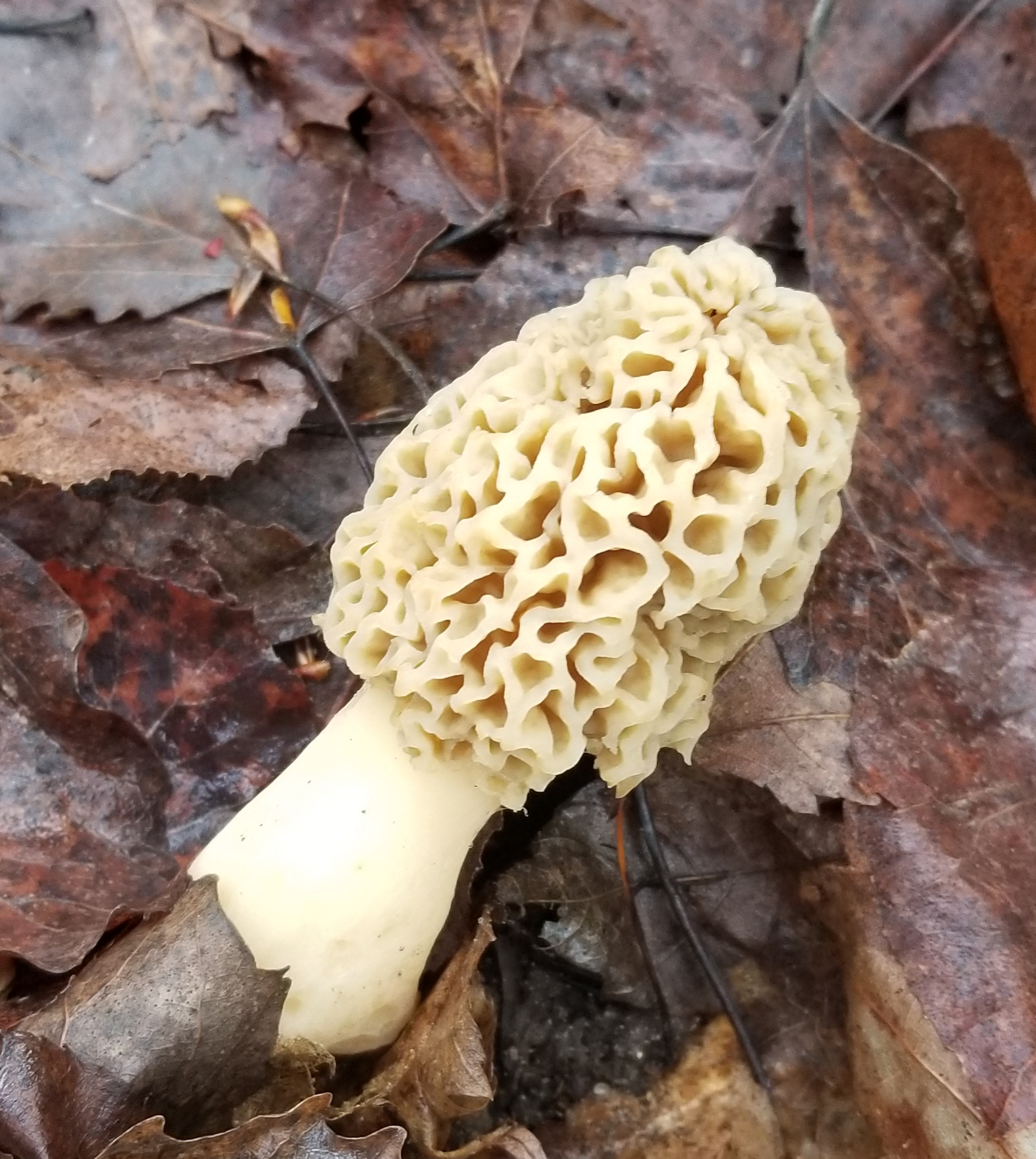
I often get asked if it’s best to cut a morel or pull it out of the ground. My answer is always the same, “How crunchy would you like your morels?”
Morchella are a class of mushrooms that are known as being Saprophytic. These organisms collect their nutrients by absorbing them from rotting and decaying matter. In particular for Morels that would be tree roots.
The mycelium is the living body of of a mushroom. It is a web like structure spanning underground that taps itself into decaying matter to survive. Then when it’s reproduction cycle starts it begins sending growth above ground which we identify as “mushrooms”.
Now here’s where a lot of speculation comes in to play. Everyone has varying opinions of what happens when you cut a mushroom, or pluck it from the ground. Some believe you damage the mycelium when you rip a mushroom up. I personally disagree with this. I believe it will actually promote mycelium growth, granted this is just my opinion.
Others believe that if you cut a morel at the base with a knife you leave a “stump” that is vulnerable to rotting and spreading infection underground into the mycelium. I doubt it. I don’t think it’s any different than the mushrooms that do not get picked and are left to finish sporing, and rot away naturally.
Choose how you want to harvest your mushrooms and go with it. But if you’re pulling them make sure to break off any dirt before you put them in your bag. You’ll have an much more enjoyable culinary experience when you aren’t grinding your expensive dental work down with fine gravel.
